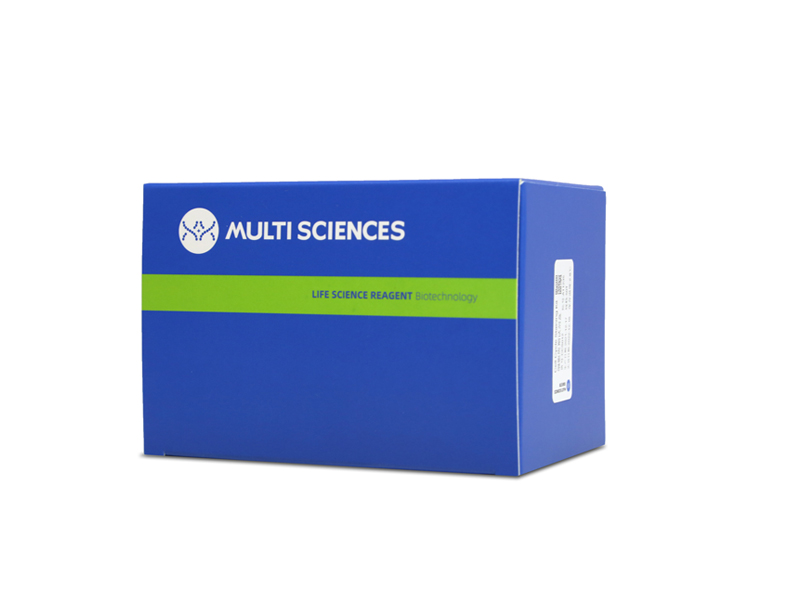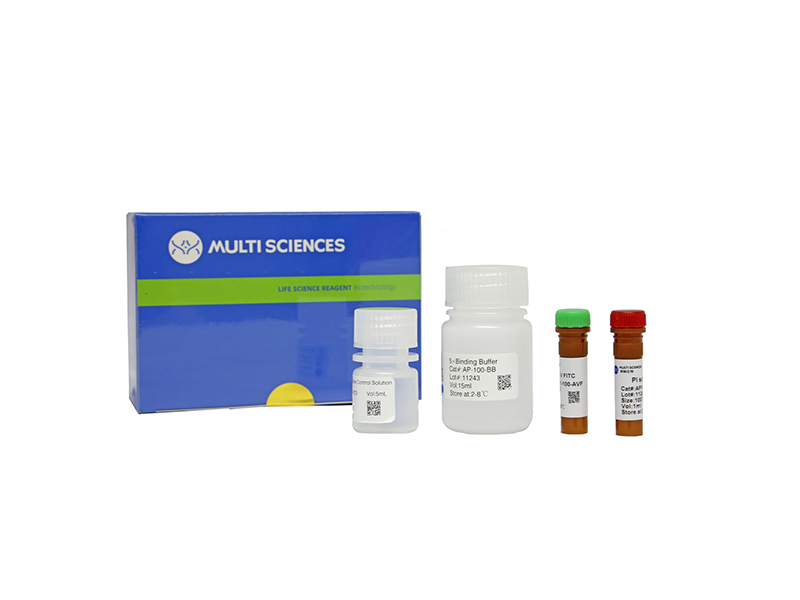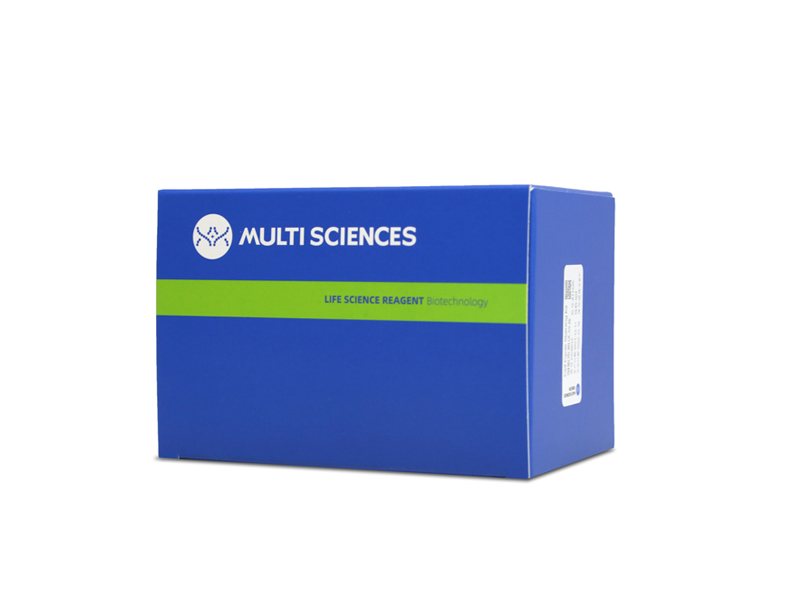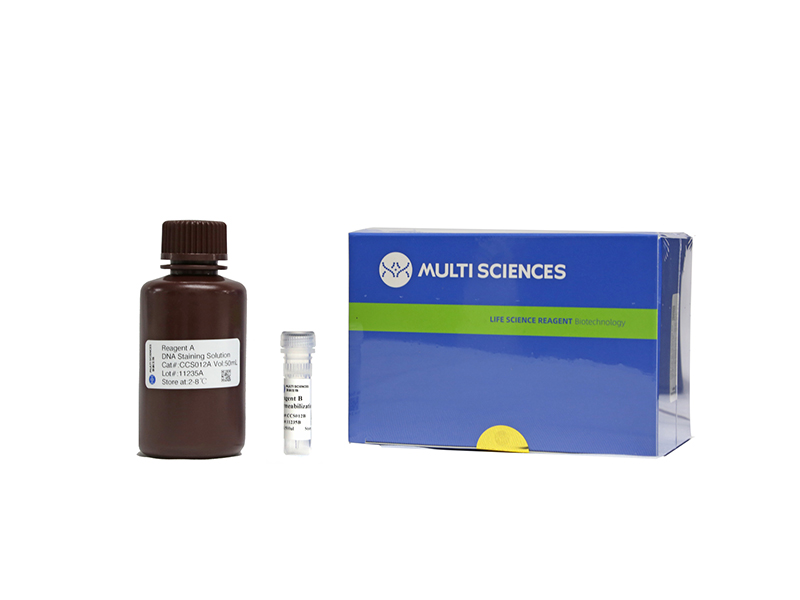Background Acute myeloid leukemia (AML) with biallelic (CEBPAbi) as well as single mutations located in the bZIP region is associated with a favorable prognosis, but the underlying mechanisms are still unclear. Here, we propose that two isoforms of C/EBPα regulate DNA damage-inducible transcript 3 (DDIT3) transcription in AML cells corporately, leading to altered susceptibility to endoplasmic reticulum (ER) stress and related drugs.Methods Human AML cell lines and murine myeloid precursor cell line 32Dcl3 cells were infected with recombinant lentiviruses to knock?down CEBPA expression or over-express the two isoforms of C/EBPα. Quantitative real-time PCR and western immunoblotting were employed to determine gene expression levels. Cell apoptosis rates were assessed by flow cytometry. CFU assays were utilized to evaluate the differentiation potential of 32Dcl3 cells. Luciferase reporter analysis, ChIP-seq and ChIP-qPCR were used to validate the transcriptional regulatory ability and affinity of each C/EBPα isoform to specific sites at DDIT3 promoter. Finally, an AML xenograft model was generated to evaluate the in vivo therapeutic effect of agents.Results We found a negative correlation between CEBPA expression and DDIT3 levels in AML cells. After knockdown of CEBPA, DDIT3 expression was upregulated, resulting in increased apoptotic rate of AML cells induced by ER stress. Cebpa knockdown in mouse 32Dcl3 cells also led to impaired cell viability due to upregulation of Ddit3, thereby preventing leukemogenesis since their differentiation was blocked. Then we discovered that the two isoforms of C/EBPα regulate DDIT3 transcription in the opposite way. C/EBPα-p30 upregulated DDIT3 transcription when C/EBPα-p42 downregulated it instead. Both isoforms directly bound to the promoter region of DDIT3. However, C/EBPα-p30 has a unique binding site with stronger affinity than C/EBPα-p42. These findings indicated that balance of two isoforms of C/EBPα maintains protein homeostasis and surveil leukemia, and at least partially explained why AML cells with disrupted C/EBPα-p42 and/or overexpressed C/EBPα-p30 exhibit better response to chemotherapy stress. Additionally, we found that a low C/EBPα p42/p30 ratio induces resistance in AML cells to the BCL2 inhibitor venetoclax since BCL2 is a major target of DDIT3. This resistance can be overcome by combining ER stress inducers, such as tunicamycin and sorafenib in vitro and in vivo.Conclusion Our results indicate that AML patients with a low C/EBPα p42/p30 ratio (e.g., CEBPAbi) may not benefit from monotherapy with BCL2 inhibitors. However, this issue can be resolved by combining ER stress inducers.
文章引用产品列表
-
- AT105 187 Citations
- 凋亡试剂盒
Annexin V-APC/7-AAD Apoptosis Kit(细胞凋亡试剂盒 - 贴壁细胞专用)
- ¥1,010.00 – ¥2,090.00
-
- AT107 71 Citations
- 凋亡试剂盒
Annexin V-APC/PI Apoptosis Kit (贴壁细胞专用)
- ¥1,010.00 – ¥2,090.00
-
- CCS012 1190 Citations
- 周期试剂盒
Cell Cycle Staining Kit 细胞周期检测试剂盒
- ¥390.00
-
- AP105 324 Citations
- 凋亡试剂盒
Annexin V-APC/7-AAD Apoptosis Kit 细胞凋亡试剂盒
- ¥780.00 – ¥1,860.00
-
- AP107 88 Citations
- 凋亡试剂盒
Annexin V-APC/PI Apoptosis Kit(细胞凋亡试剂盒)
- ¥780.00 – ¥1,860.00





